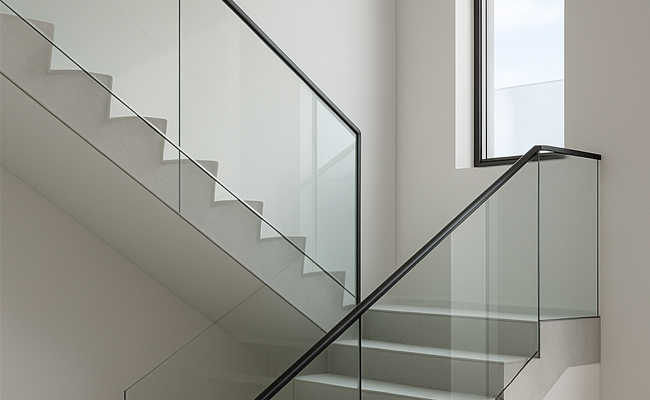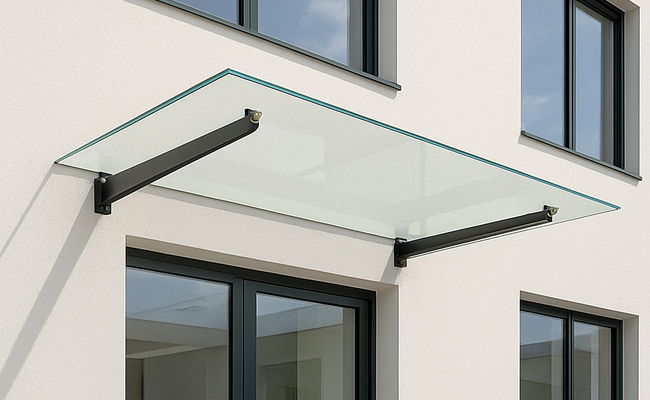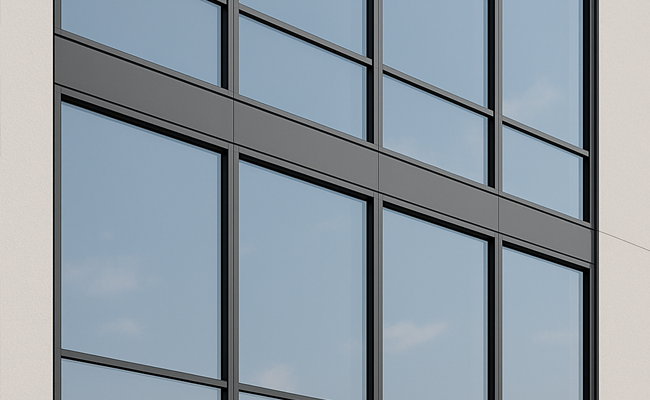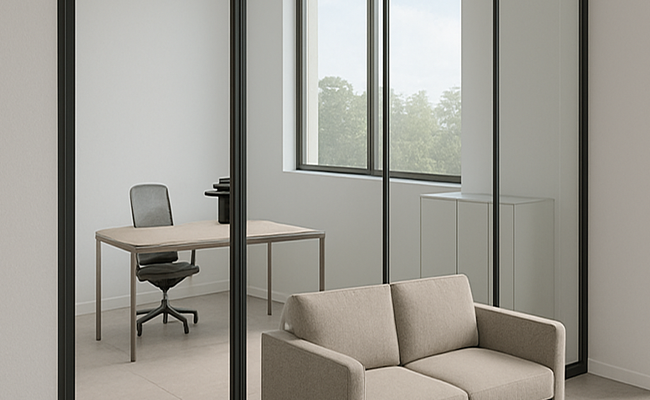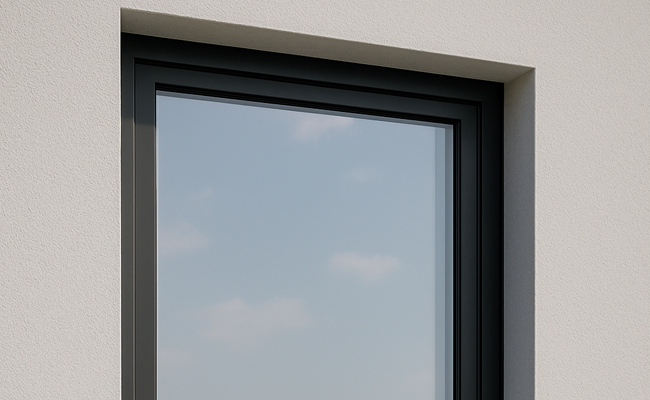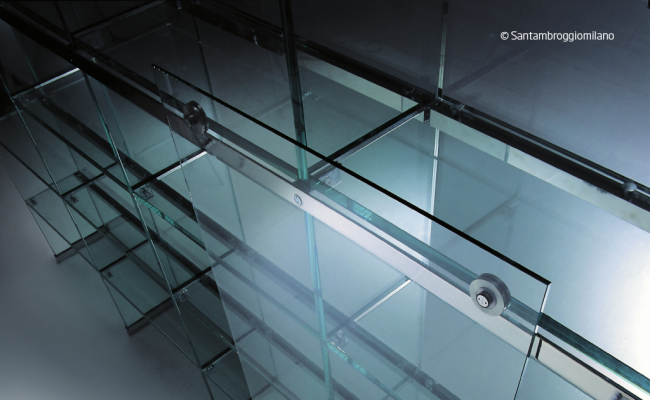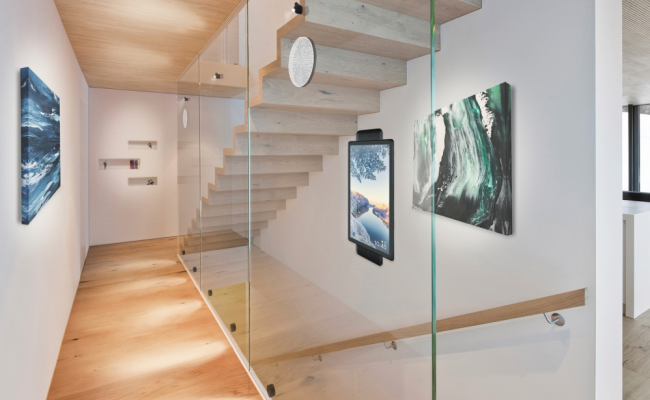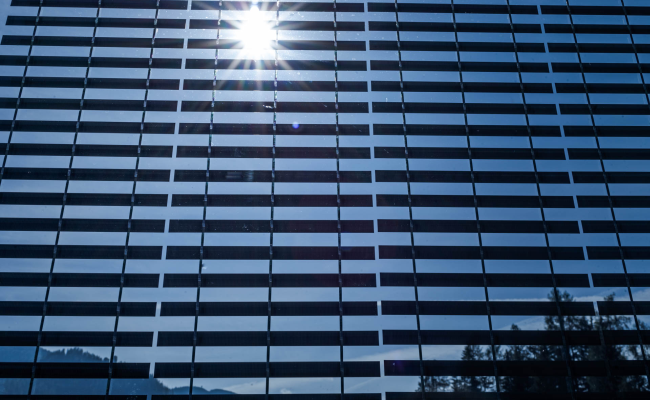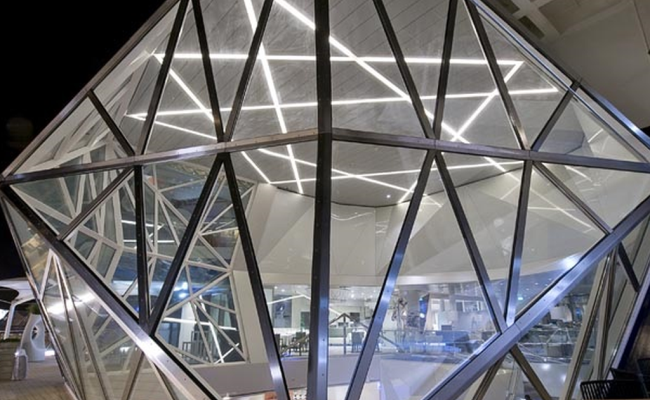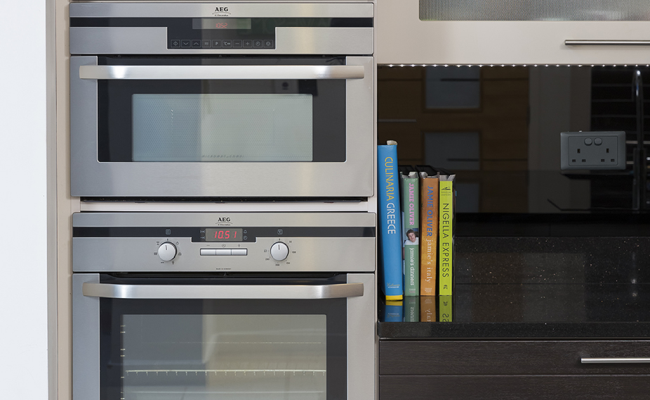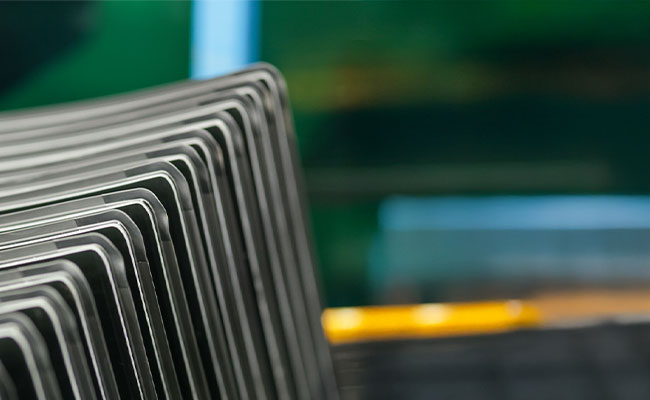Self-Cleaning Glass Processing FAQs
Here you will find all the information on the processing of Pilkington Activ™ self-cleaning glass products.
- With internal Georgian bars?
Yes. The Georgian bars sit between the two sheets of glass, and are not in contact with the Pilkington Activ™ coating. However, where it is the intention of the customer not to replace all glazing with Pilkington Activ™ the customer should be advised that the visual properties of Pilkington Activ™ are different to clear glass. Therefore internal Georgian bars may look slightly different from those with clear glass. - With applied bevels?
Yes, but the adhesive used to apply the bevels to the glass must be one that has passed NSG Group"s compatibility tests. These products are listed on the Technical update page. - For timber framing systems?
Yes but only with sealants or glazing tapes which have passed NSG Group"s compatibility tests. Silicone products must not be used. Compatible products are listed on the Technical Update page. Note: NSG Group"s test regimes only confirm product compatibility with Pilkington Activ™. Sealant suppliers are responsible for testing the life span and/or recommending the suitability of their products for glazing and IGU manufacture. - With applied leads?
Yes, but the make of leading used, and the adhesive used to apply it to the glass must have passed NSG Group"s compatibility tests. It should also be patinated. These products are listed on the Technical Update page. The customer should be made aware that applying leading in effect breaks up the window into many small windows and this will change the water sheeting effect. - With duplex, cottage or applied Georgian bars/ bevels?
Yes, but the tapes used to adhere the bars to the glass must have passed NSG Group"s compatibility tests. These products are listed on the Technical Update page. These decorative bars, once installed, may act as a dam causing a build up of residual dirt along the edges of the applied bars.
No. Any processing of this nature to the coated surface will result in the loss of self-cleaning characteristics permanently wherever the coating is damaged or removed.
NSG Group recommends that wherever possible, the application of any safety mark should be to the non-coated surface. Where this is not practical however, the coated surface may be marked but great care is necessary.
Only in cases of excessive temperatures. Pilkington Activ™ is toughened in a similar process to uncoated glass, and if over-heated the self-cleaning properties can be altered.
Yes with care, as long as there is no silicone contact with the Pilkington Activ™ surface, causing contamination at any stage. A silicone sealed unit is normally glazed to ensure moisture does not reach the seal and eventually drain onto the glass.
Use a silicone unit seal, or alternatively we would recommend covering the seal with a lead strip. The lead should be treated with Leadshield™ or patination oil to reduce the potential of carbonate run off. In this type of application, run off is generally not an issue as the stepped edge is normally at the bottom of the glazing. Conservatories, however, pose a greater potential risk of run off, carrying lead carbonate from flashing onto the glass roof below. This can lead to marking of any glass type, not just Pilkington Activ™.
Contact Us
If you feel your question hasn't been answered, please don't hesitate to contact us by filling out the form on the page below:
